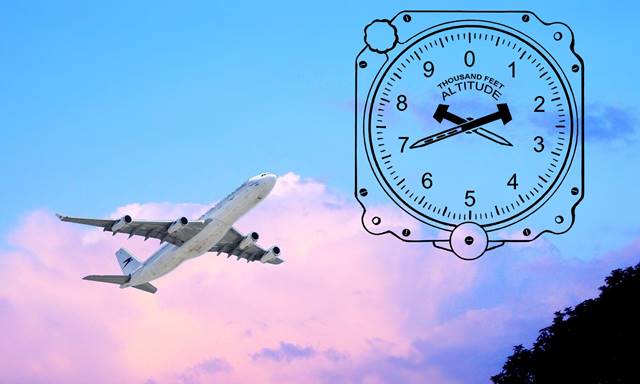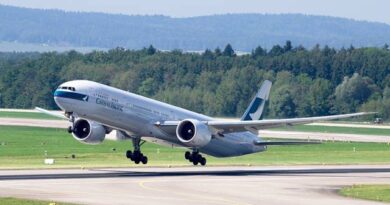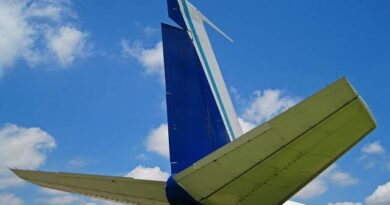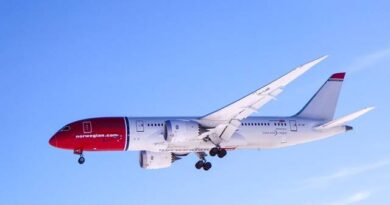QNH-QNE-QFE ?
QNH-QNE-QFE , All these tree codes are a part and maybe called a subclass of Q coding system. Q coding system is standardized three letter coding system that starts with letter Q. It was firstly developed for commercial R/T (radiotelephony) communication.
QNH: QNH value is the pressure value measured at a location and reduced down to mean sea level. More clearly when an aircraft sets QNH value on altimeter while a taxi movement at an aerodrome, then it will show the aerodrome elevation above mean sea level. QNH is the widely used pressure settings in global aviation world. It is given as a regional pressure setting and should be reset with new values if you leave its area of reference into a new QNH pressure region.
QFE: QFE is the mean sea level pressure corrected for temperature and adjusted for a specific reference point of an airfield or the point needed. Generally, for aerodromes the highest point of the runway is set to be reference.
More clearly when an aircraft sets QFE value to its altimeter it will Show ZERO ,“0” when it is on the runway or taxiway (they meant to be equal to the reference point)…
When QFE set to altimeter it will indicate the HEIGHT of the aircraft from reference point.
QNE : The term refers to the indicated altitude at the landing runway threshold when 1013.2mb (29.92 inHG) is set in the altimeter. The standard and globalized mean sea level pressure value is 1013.2mb (or 29.92inHg). Pilots use QNE when their aircraft reaches higher altitudes. Above transition altitude all aircraft sets 1013.2mb to provide a common datum for vertical measurement.
These could help as Remainder
- QNH: Your altitude above mean sea level.
- QNE: Your altitude standardized to 1013.25 hPa.
- QFE: Your altitude relative to the local airfield pressure.
Summary of definitions
Let’s summarize all; QNH is a pressure value and when an aircraft sets it on the altimeter while on the runway. It will show the ELEVATION of the threshold above mean sea level.
QFE is another pressure value and when set as altimeter of the aircraft and when the aircraft is on the runway, it will show ZERO “0” (reference point is meant to be that runway).
QNE is an altitude 1013.2mb and it is set to aircraft at the flight above transition altitude to provide a common datum.
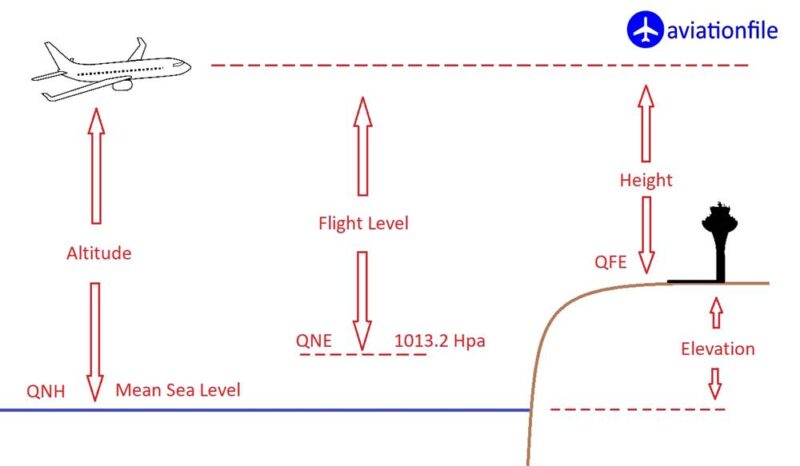
What happens if pilots set QNE instead of QNH?
The consequences of a pilot setting QNE instead of QNH depend heavily on the situation, specifically:
Altitude:
- Below the Transition Altitude (TA): Using QNE here carries a significant safety risk as it underestimates true altitude. The aircraft could be closer to terrain or obstacles than the pilot believes (Sees on the screen), the greater the difference between actual QNH and standard QNE pressure (1013.25 hPa).
- Above the TA: The difference in readings is minimal due to the shared pressure reference. However, using QNE might deviate from specific regulations or procedures in certain regions.
Flight Phase:
- Takeoff and Landing: QNH is crucial during these critical phases to maintain safe separation from terrain and obstacles. Using QNE could lead to incorrect readings and potential collisions.
- En Route: While the impact on vertical separation between aircraft might be lessened above the TA, potential confusion and errors due to non-standard practices could still occur.
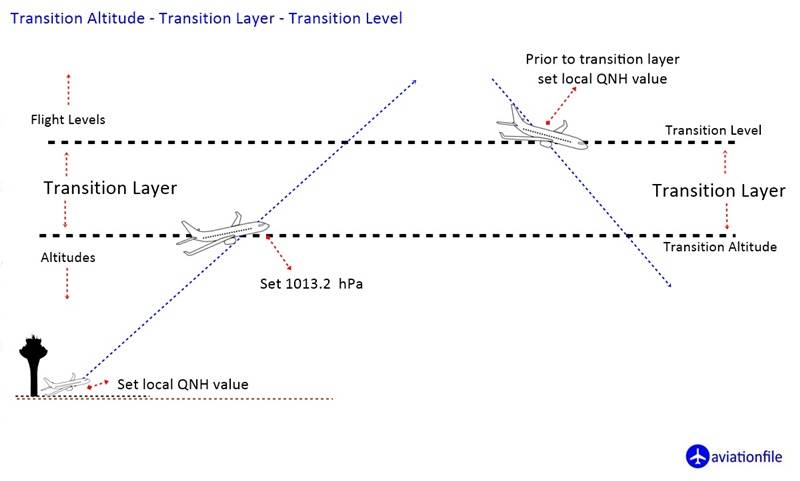
Overall impact:
- Safety risk: Misusing QNE, especially at low altitudes, can have severe consequences.
- Potential confusion and errors: Deviations from standard procedures can increase workload and lead to mistakes.
- Loss of separation: Depending on air traffic density and specific regulations, incorrect altitude readings could compromise separation between aircraft.
Important notes:
- Transition Altitude: While the concept exists, its usage and switch to QNE vary depending on location and procedures.
- Pilot training: Pilots receive extensive training on understanding and applying QNH and QNE correctly, following regulations and established procedures.
- Modern technology: Advanced systems in modern aircraft often incorporate multiple checks and safeguards to mitigate human error related to altimeter settings.
Remember, this information serves as general knowledge and cannot replace professional aviation training or regulations. It’s crucial to consult official sources and qualified personnel for accurate and up-to-date information regarding aviation practices and procedures.
Effects of Temperature to the Altimeter Values
QNE is a standard value according to standard altimeter 1013.2 hpa but QNH and QFE are variable. Temperature has major effect on these altimeter values. This depends on a very basic rule of physics. Hot air rises…
Why hot air rises ?
Hot air rises because when you heat up the air (or any other gas for that matter), it expands. When the air expands, it becomes less dense than the air around it. The less dense hot air then floats in the denser cold air much like olive oil in water because olive oil is less dense than water and when you put it into water it rises.
In different words, hot air pushes out on the air around it, and thus becomes less dense. Less dense air rises, cooler air sinks because it is heavier and gravity pulls on it more strongly.
As you see when you heat up the air it becomes less dense and it turns out as a descend on pressure values and as opposite in colder days the altimeter values turn to be higher.

Pilots must set the altimeter accurately, as its value is crucial in aviation and any mistake can compromise situational awareness and lead to dangerous situations. A wrong higher value will make you to assume that you are higher than your actual elevation. Likewise, a wrong lower value leads you to assume that you are lower than your true elevation. Both may cause serious problems like runway excursions.
I hope this article builds a strong frame about QNH-QNE-QFE and their effects on aviation.
References and Further reading:
- Annex 5: Units of Measurement,
- Annex 3: Meteorological services,
- Doc 4444: PANS-ATM,
- Doc 8168: PANS-OPS.
for more articles about aviation click.
